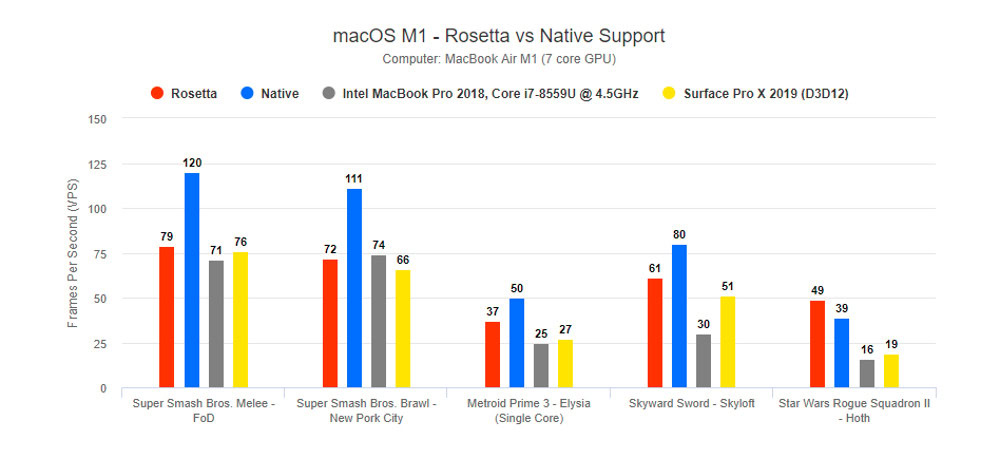Affiliate links on Android Authority may earn us a commission. Learn more.
The Dolphin team just fixed major issues affecting Exynos phones, more
Published onJune 7, 2021

- The team behind the Dolphin emulator has released a major update for devices with Mali GPUs.
- It fixes a host of bugs related to the Mali GPU driver.
- Devices with Mali GPUs include Exynos-powered Samsung phones, HUAWEI devices, and MediaTek phones.
Dolphin is one of the most popular emulators on Android right now, allowing users to play a variety of Nintendo GameCube and Wii titles on smartphones and tablets. However, one of the biggest challenges for the emulator’s developers is that Arm’s Mali GPUs tend to lag behind rivals in terms of driver support.
Now, the team behind Dolphin has revealed that it’s fixed a variety of graphical issues on devices with Mali GPUs. The team said that while Mali drivers have been improving, they still have major problems.
More specifically, the Dolphin developers pointed to serious bugs with the so-called GLSL shader compiler, as well as Arm’s drivers implementing the so-called “glCopyImageSubData” feature on the CPU (presumably instead of the GPU). Check out the glitches in the first three images below, and the fixed results in the last three images.
The team confirmed that the next Play Store update for Dolphin will deliver these fixes. So if you’ve got a Mali-equipped device (e.g. an Exynos-toting Samsung phone, a HUAWEI handset, or MediaTek-equipped device) and notice some visual issues in the emulator, you should sit tight and wait for this update.
Dolphin’s team also noted a few other general improvements to the Android version of the emulator, such as a fix for controller inputs not saving properly and the ability to adjust the opacity of virtual buttons.
What about Arm-powered Windows laptops?
Playing the emulator on PC instead? Well, the team also put the Arm version of the emulator to the test on Microsoft’s Surface Pro X device. The Surface Pro X is equipped with a Qualcomm Snapdragon 8CX Gen 2 processor and benchmarking shows that it beats the 2018 Macbook Pro in three out of four tested games. Check out the graph below.
However, the Snapdragon-toting Windows device still lags behind the x64 version of the emulator running on an M1 Macbook Air under Rosetta. And it lags way behind when using a native Arm version of the emulator on the Apple laptop. This definitely highlights Apple’s superiority in the Arm computing space and how it can result in major real-world improvements too.
Nevertheless, we’re glad to see the Dolphin team address major issues with Mali GPU support. So hopefully your Galaxy S20 or budget Xiaomi device delivers a more polished emulation experience.
